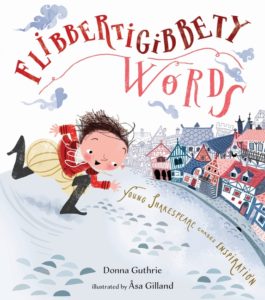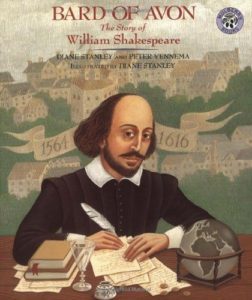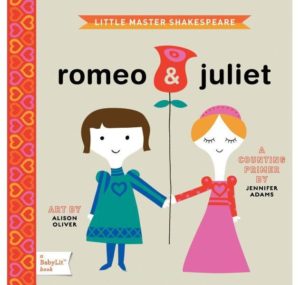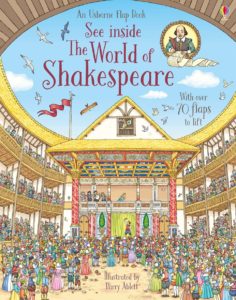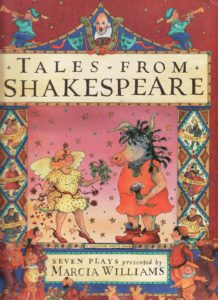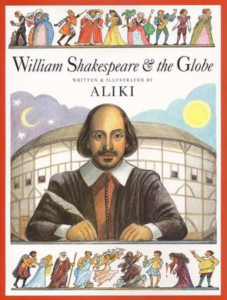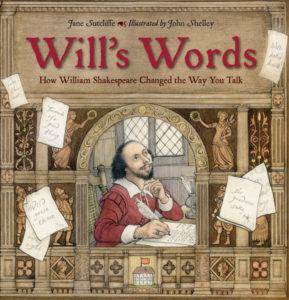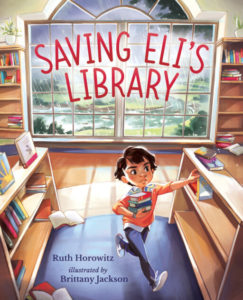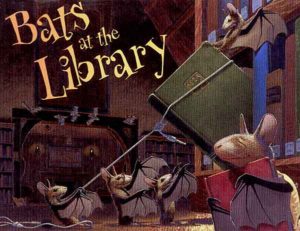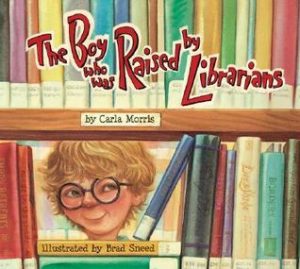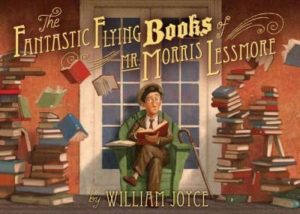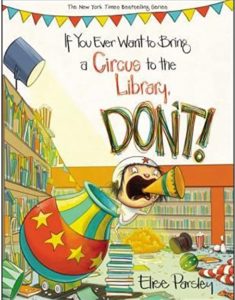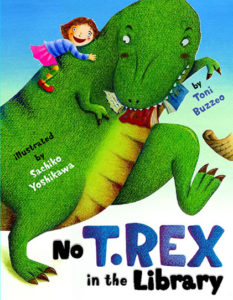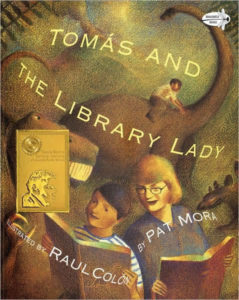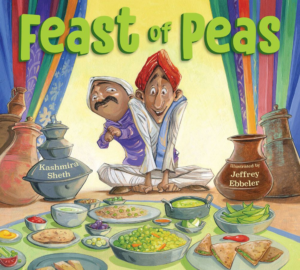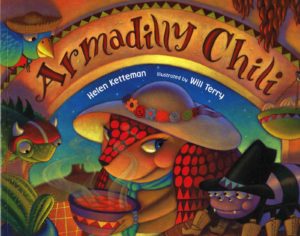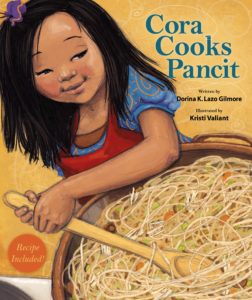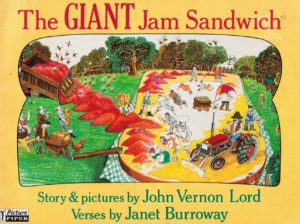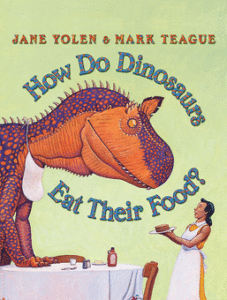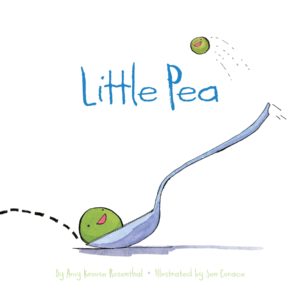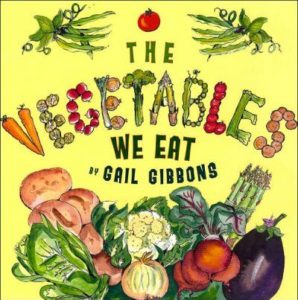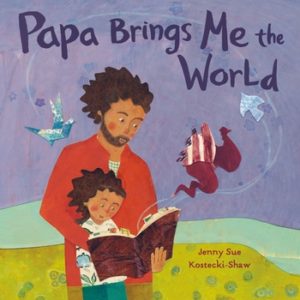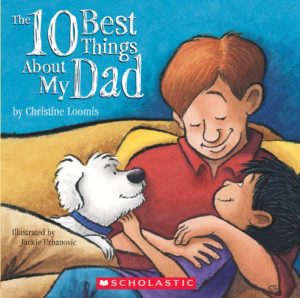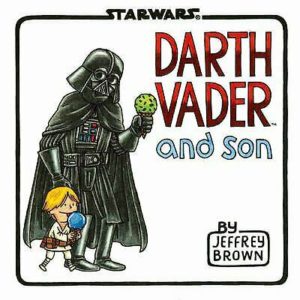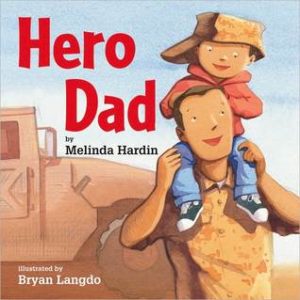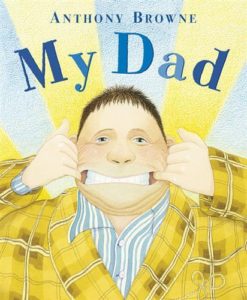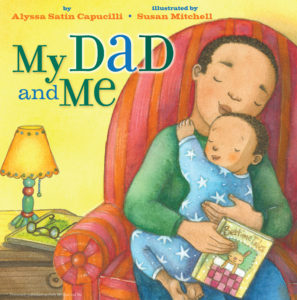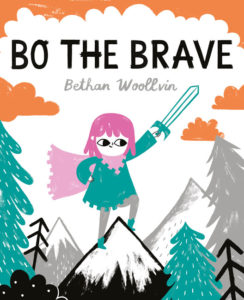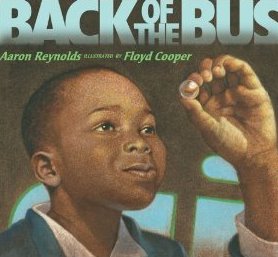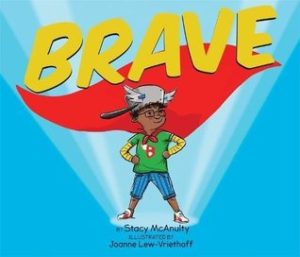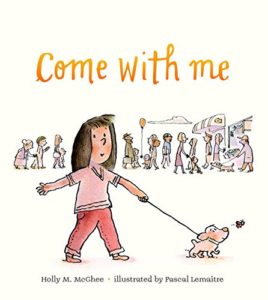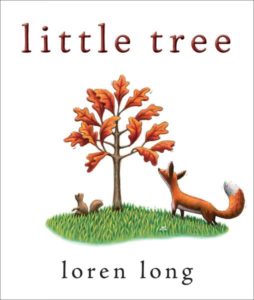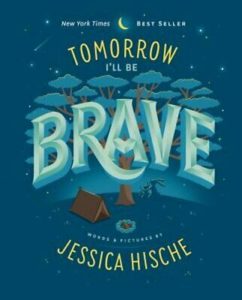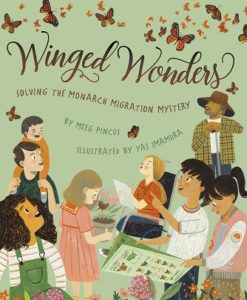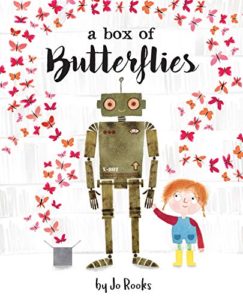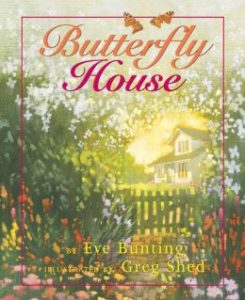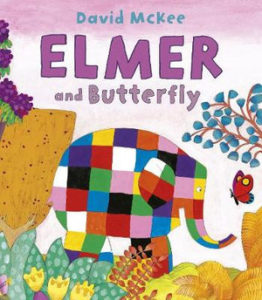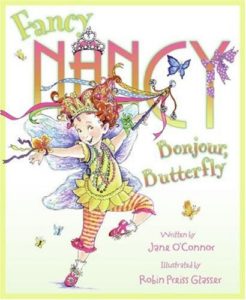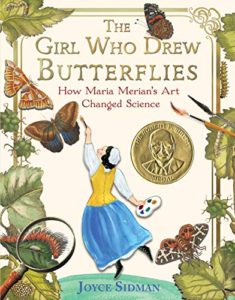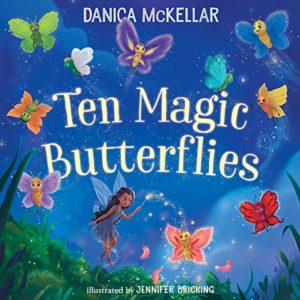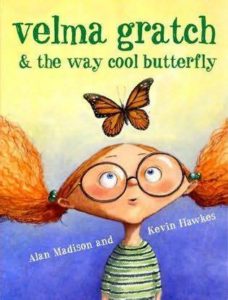Flibbertigibbety Words: Young Shakespeare Chases Inspiration
Author: Donna Guthrie
Illustrator: Åsa Gilland
1 September 2020
Page Street Kids
40 pages
I’m a big Shakespeare fan, so when I saw this book, I knew I had to include it in OPB in some way.
Book description from Goodreads: “With quotes and sly references to the famous works of William Shakespeare and the words he invented, this adventurous ode to language will delight readers young and old.
It all starts one morning when words fly into William’s window. He wants to catch them, but they are flibbertigibbety and quick and slip right through his fingers. Soon whole lines of verse are leading him on a wild goose chase as they tumble, dip, flip and skip all through town, past a host of colorful characters the observant reader may find as familiar as the quotes. William remains persistent, and with time and the proper tools he finds a way to keep the words with him.”
Need some reviews of Flibbertigibbety Words?
Educational Activities inspired by Donna Guthrie’s Flibbertigibbety Words:
- Before Reading–From looking at the front and back cover:
- What does the word “flibbertigibbety” make you think of?
- Where and when do you think this story takes place?
- What do you already know about William Shakespeare?
- What emotion does the boy on the back cover seem to be feeling?
- After Reading–Now that you’ve read the story:
- What is the main message of this book?
- Why does young Shakespeare want to chase down and catch strange words?
- If you wanted to go outside and catch words, what might you try to do?
- The book is full of fun new words. What are some of your favorites? Zany? Madcap? Frivolous? Coax?
- What other story does Flibbertigibbety Words remind you of?
- What happens–or should happen–after the ending?
- What feedback would you give to the author?
- Writing–Shakespeare is known for writing amazing poems. Try your hand at writing a poem of your own. Here are some specific prompts to help you along:
- Create a poem about weather using first person (“I” or “we”), in which you give the reader clues about what kind of weather you are. The very last line of the poem should reveal your identity–for example, “I am a windstorm.”
- Write out the words to a nursery rhyme, song, or short poem. Swap in new words to make an entirely different version of it. Here are a few options you might choose to start with:
- Performing–While you can certainly listen to or read a poem, there are more things you might try as well. Consider singing, dancing, or acting out any of the following poems. Perhaps get a friend or adult to help out?
- Further Reading–Which of these other picture books about Shakespeare have you read? (Click on the book cover for more information on any of these titles!)


